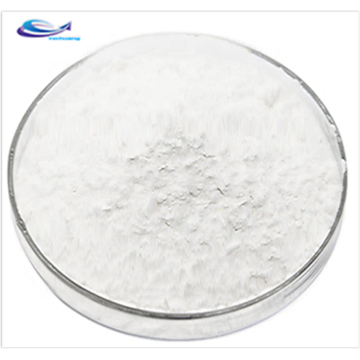Peptide Synthesis--Knowledge Sharing of Peptide Chain Design
 June 10, 2021
June 10, 2021
Polypeptides are complex macromolecules, so each sequence is unique in both physical and chemical properties. Some peptides are difficult to synthesize, while others are relatively easy to synthesize, but purification is difficult. The most common problem is that many peptides are insoluble in aqueous solution, so in purification, these hydrophobic peptides must be dissolved in a non-aqueous solvent, or a special buffer, and these solvents or buffers are likely to be unsuitable for use in biological assay systems, so Researchers cannot use this peptide for their own purposes, so here are some suggestions for researchers designing peptide synthesis.
Selection of synthetically difficult peptides
1. Reducing the length of the sequence As the length of the peptide increases, the purity of the crude product decreases, and peptides of less than 15 residues can be obtained relatively easily. When the peptide chain length is increased to more than 20 residues, the amount of the correct product is a major consideration. In many experiments, lowering the number of residues below 20 often yielded better results.
2. Reducing the number of hydrophobic residues The hydrophobic residues account for a significant advantage, especially in the 7-12 residues from the C-terminus, often causing synthetic difficulties. This is generally considered to be due to the formation of b-sheets in the synthesis, which results in incomplete pairing. In these examples, it may be helpful to replace with one or more polar residues, or to add Gly or Pro to open the peptide structure.
3. Reducing "difficult" residues. Multiple Cys, Met, Arg, Try residues are often difficult to synthesize. Ser is usually used as a non-oxidative replacement for Cys.
Improve solubility options
1. To change the N-terminus or C-terminus for acidic peptides (ie, negatively charged at pH 7), we recommend acetylation (N-terminal acetylation, C-terminal retention of free carboxyl groups) to increase the negative charge. For basic peptides (ie, positively charged at pH 7), we recommend amination (N-terminal free amino, C-terminal amination) to increase the positive charge.
2. Shortening or lengthening sequences Certain sequences contain large amounts of hydrophobic amino acids, such as Trp, Phe, Val, Ile, Leu, Met, Tyr, and Ala, etc., and when these hydrophobic residues are greater than 50%, they are often difficult to dissolve. In order to increase the polarity of the peptide, lengthening the sequence may be helpful. Another option is to reduce the length of the peptide chain to reduce polarity by reducing hydrophobic residues. The higher the polarity of the peptide chain, the more likely it is to dissolve in water.
3. Adding soluble residues For some peptide chains, the addition of some polar amino acids improves solubility. We recommend adding Glu-Glu to the N-terminus or C-terminus of the acidic peptide. Lys-Lys is added to the N-terminus or C-terminus of the basic peptide. If a charged group cannot be added, Ser-Gly-Ser can be added to the N-terminus or C-terminus. However, this method is not feasible when the ends of the peptide chain cannot be changed.
4. Changing the solubility of a sequence peptide chain by replacing one or more residues can be improved by altering certain residues within the sequence. Http:// Usually the replacement of a single residue can significantly improve its hydrophobicity, and this change is usually more conservative, such as replacing Ala with Gly.
5. Changing Sequences by Choosing Different "Frames" If a sequence can be used to prepare a number of peptides of varying lengths that are connected in series or overlapping, the purpose of changing the sequence can be achieved by changing the starting point of each polypeptide. The principle is: create a new and better balance between the hydrophilic and hydrophobic residues of the same polypeptide, or put "difficult" residues in the same polypeptide (such as 2 Cys) into two different peptides instead of sets. Within the same molecule.
The above is the Peptide Synthesis--Knowledge Sharing of Peptide Chain Design we have listed for you. You can submit the following form to obtain more industry information we provide for you.
You can visit our website or contact us, and we will provide the latest consultation and solutions










